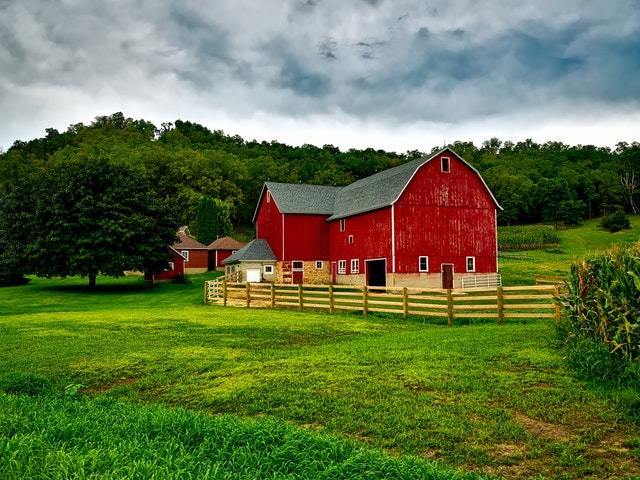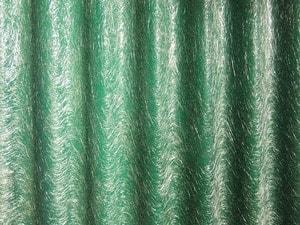
Pole barns are used mainly for large storage buildings. This means that it is exposed to the elements without any of the intricate insulation designs made for smaller structures like houses or larger structures like skyscrapers. With that being said, it is important to know how to insulate a pole barn as you build your structure.
A pole barn, also known as pole framing or post-frame construction, is a building method derived from the traditional timber framing method, a technique that uses pegs to connect the supports. Pole barns are made by using large posts or poles and burying them into the ground to provide support while building a structure.
Why Insulating Pole Barns Is Necessary
Those who want to build structures using the pole barn technique should consider the air flow, which will determine the temperature and airflow within the interior. If unwanted elements enter your structure, it can cause expensive damages. Here are some reasons why you should insulate your pole barn:
- It will help regulate the level of noise that goes in and out of the building.
- It also prevents outdoor elements from getting in and vice versa.
- Moisture that seeps in from the cold can deteriorate wood or cause rusting in metals.
- Too much heat can also dry up the materials making them brittle and weak.
- There is also the issue of mold and mildew, which can cause health issues for those who go in and out of the structure.
Pole Barn Insulation Options
When it comes to choosing insulation, you should first decide which material is best for your structure. The main considerations are the thickness and the level of insulation it offers. The level of insulation is rated using the R system, which ranges from R-5 to R-19. The higher the value, the higher the insulation it offers.
The various materials for insulation offer different R values. You just have to determine how thick the insulation should be and how the value affects your structure. Here are some options and how they can improve your insulation.
Fiberglass

Fiberglass insulation sheeting is used mainly for structures with metal sheeting exteriors. It is easy to install and is Class A fire-rated. This makes it a suitable material for buildings that house flammable materials. It is designed to control the flow of heat and the cold. It also prevents condensation, which causes mold and mildew.
It is also inexpensive, which makes it ideal for those who are working with a budget. One final consideration is the thickness of the fiberglass. An R-5 valued fiberglass blanket will not prevent moisture from getting inside the walls, so it is important to choose material with a higher R value.
Spray Foam
There are different types of foam insulation for pole barns. Spray foam is durable and ideal for exposed walls of pole barns. It also creates an airtight seal that prevents elements from reaching the interior of the building. Spray foam also great for ceilings, where wind and rain can instantly penetrate the structure.
The only downside is that it is more expensive than other insulation options for your pole barn. The bright side is that you save on energy costs because it is one of the most energy-efficient insulation options out there. Those who want to use spray foam also have the option of applying it themselves if they are trying to save money on labor.
Foam Board
Form boards are made from rigid polyurethane, polyisocyanurate, and polystyrene materials as dictated by the United States Department of Energy. It is mainly used for exposed walls of pole barns. It comes in different lengths, thickness, and facings for flexible adjustments. To take advantage of this material, you must choose a foam board that has water-resistant properties.
It is also the cheapest material for insulation on the market. The downside is that it is labor-intensive to measure and cut the boards. They also deteriorate over time, forcing you to replace them every time the damage becomes too great.
A Foam Board. Check price on Amazon now.
Cellulose
Cellulose materials are used mostly in roofs and attics because of their flexible insulation properties. Heat and cold can pass through when needed. For example, during the winter, the cold won’t penetrate, but the heat will be retained in the lower levels of the building. During a heat wave, the cellulose insulation will prevent too much heat from coming in, but will allow cool air to come inside. Find cellulose for insulation on Amazon.
How to Insulate a Pole Barn
It’s not an easy task, but insulating a pole barn by yourself can be a rewarding experience – especially once you get the job done right. Here are the steps you need to insulate your pole barn:
1. Measure the area that you want to insulate.
You may want to do this process in a span of a few weeks if you’re alone. If you’re using a specialist, it will be done in a few days. However, if you want to do it yourself, you should measure by sections. Using these dimensions, you can decide how much insulation you are supposed to buy.
2. Determine the material needed and type of insulation you want.
As mentioned above, the material used is determined by the area you want to insulate. Exposed walls require foam board insulation. Fiberglass is ideal for areas behind metal sheets. Spray foam is good for almost any area, but expensive. Cellulose is mostly used for attics and ceilings.
3. Decide how thick the insulation should be.
You can determine this by studying the environment where the structure is built. Consider weather conditions, humidity, condensation, and average daily temperatures in any given season. Wind velocity may also play a role.
4. When using foam board insulation:
- Cut the foam board according to the dimensions of the area.
- Attach it using studs or nails.
- Tape or caulk the joints between the sheets to prevent air flow.
5. When using fiberglass insulation:
- Wear gloves, masks, and goggles to prevent the fiberglass materials from the fiberglass particulates in the air.
- Cut the fiberglass blankets based on your measurements.
- Attach it using studs, nails, or strong adhesives.
- Ensure that the fiberglass is fitted end to end to prevent any airflow from coming in.
6. When using spray foam insulation:
- Move all items away from the area you are applying the spray foam to.
- Wear a suit, mask, and goggles.
- Spray the proper amount of foam on the area you want to insulate.
Conclusion
It may seem simple, but it is important to consult with a professional before doing any insulation on your structures. Many people want to do this on their own, but it never hurts to consult on how to insulate a pole barn before performing the task. Remember to choose your material wisely and attach or add the insulation properly and correctly.
Get the insulation material for your pole barn on Amazon now.

